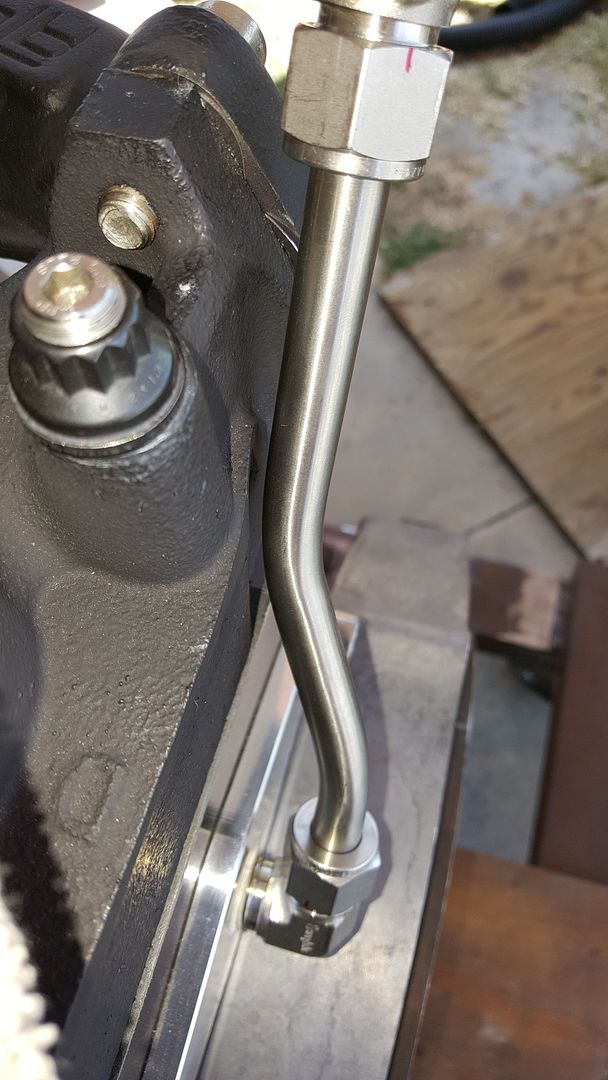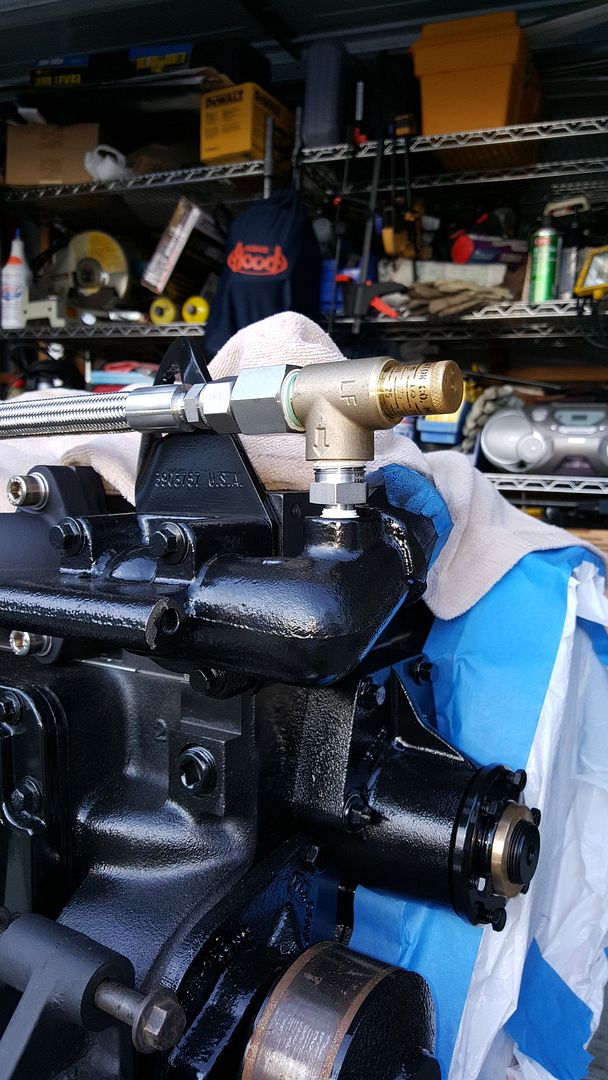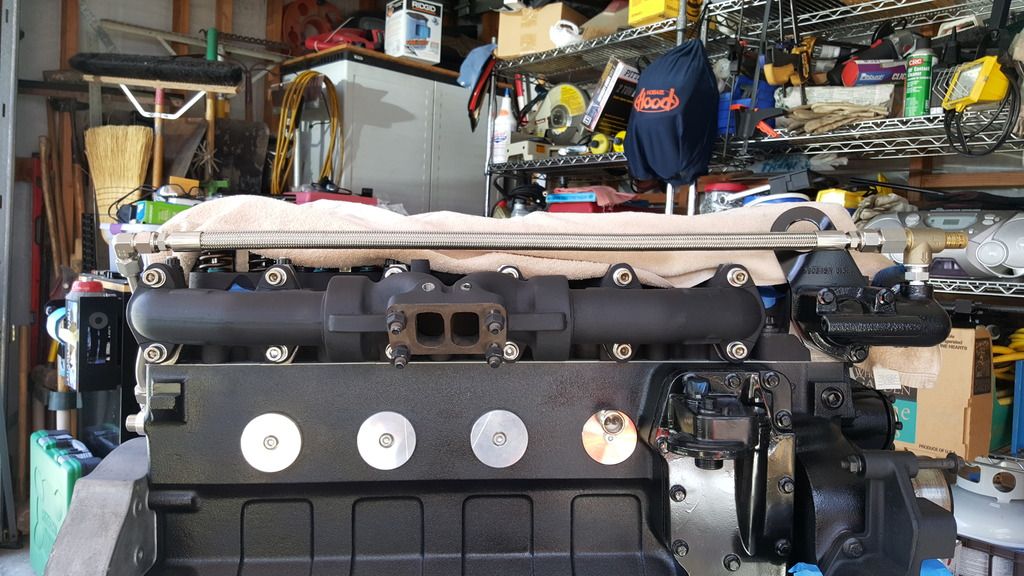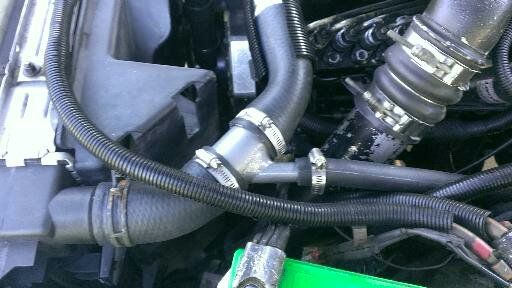I've been looking at these after a few friends experince with their 5.0 mustang (coycote motors) where they would pop due to a lean condition in the ECM programming and that rear cylinder being the hottest. I saw the fleece kit and while it's very nice, for what I'm doing it's out of price range.
I did happen to find this guy
Dodge 5.9L Cummins Cylinder #6 Cooling Kit Improves Coolant Flow
I assume it can be installs to the port can face the driver or passenger side.
Just run a line from the rear of the block to where the metal heater hose bolts to the thermostate housing.
any other ideas?
I did happen to find this guy
Dodge 5.9L Cummins Cylinder #6 Cooling Kit Improves Coolant Flow
I assume it can be installs to the port can face the driver or passenger side.
Just run a line from the rear of the block to where the metal heater hose bolts to the thermostate housing.
any other ideas?





